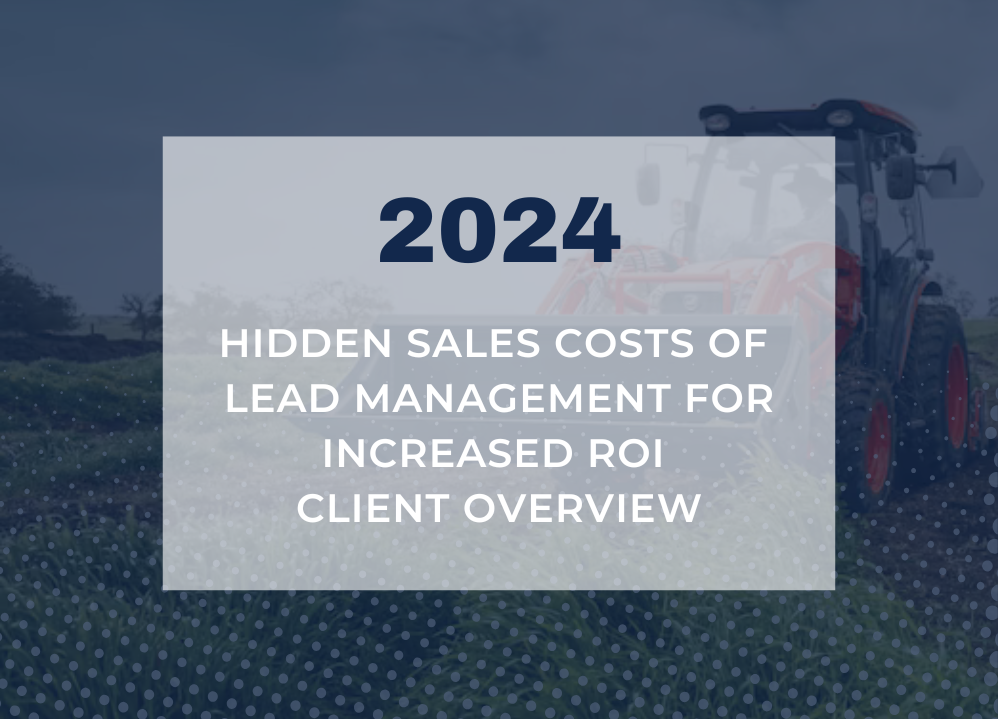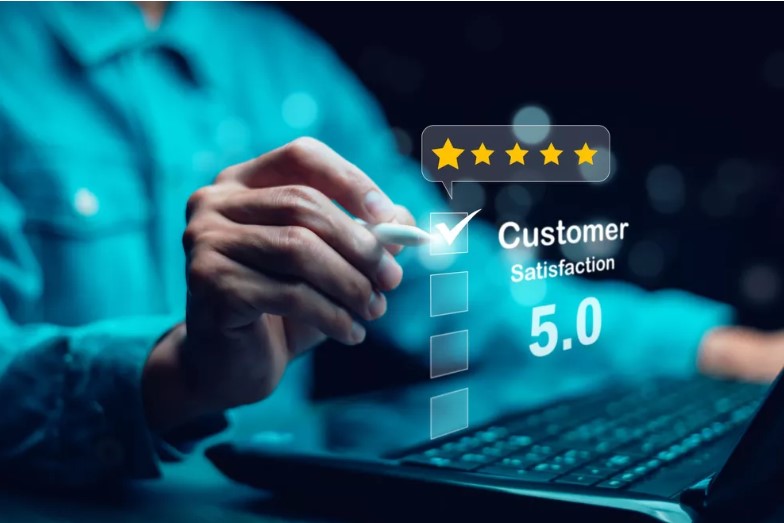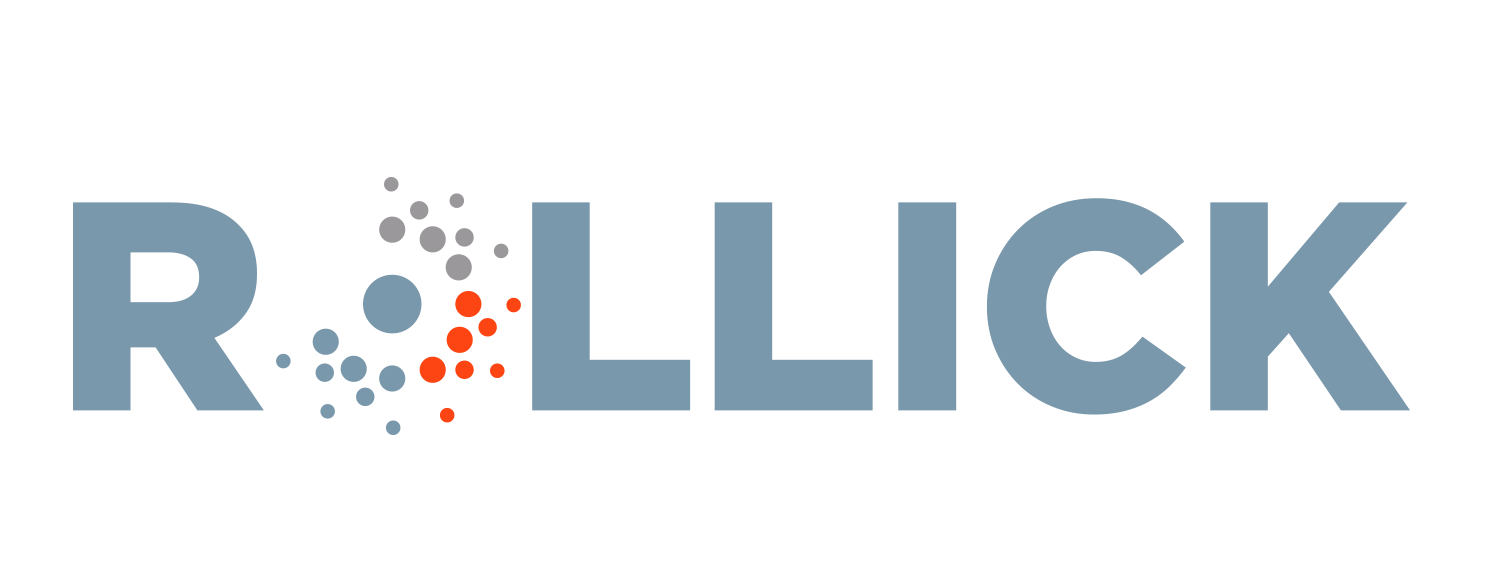How can OEM dealers effectively nurture past clients to boost loyalty and sales? Retaining clients is crucial for sustained business growth, and nurturing past clients can significantly enhance loyalty and drive repeat sales. By implementing strategic follow-up schedules and personalized offers, OEM dealers for commercial and industrial sectors, such as skid steers, zero-turn mowers, and mini excavators, can maintain strong relationships with their clients, ensuring long-term success.
Key Strategies to Nurture Past Clients
1. Schedule Regular Follow-up
Consistent follow-ups are essential for maintaining client engagement and loyalty. Regular check-ins keep your services top-of-mind for past clients. This ongoing communication demonstrates that you value their business and are committed to their satisfaction.
Industry best practices suggest varying the follow-up approach based on the client's purchase history and engagement level. The key is to strike a balance that keeps clients informed without overwhelming them.
Effective follow-ups can include phone calls, emails, and personalized messages. Each touchpoint should offer value, such as updates on new products, maintenance tips, or exclusive offers. You can foster a stronger, more personalized relationship by tailoring your approach to each client's needs.
2. Personalized Offers and Discounts
Personalized offers and discounts can significantly enhance client loyalty by making past clients feel valued and appreciated. Tailoring promotions based on previous purchases or client preferences demonstrates that you understand their needs and are willing to go the extra mile to meet them. This approach boosts client satisfaction and increases the likelihood of repeat business.
Customer segmentation is crucial for effective targeted marketing. You can create highly relevant offers by categorizing clients based on factors such as purchase history, frequency of interaction, and product preferences. For instance, a client who frequently purchases outdoor equipment might appreciate a discount on the latest camping gear. At the same time, another who has shown interest in maintenance services could benefit from a special offer on service packages.
Examples of targeted promotions include:
- Exclusive Discounts: Offer a limited-time discount on products similar to those previously purchased.
- Loyalty Programs: Implement a points-based system where clients earn rewards for repeat purchases.
- Seasonal Offers: Provide special deals relevant to the client's interests during peak seasons.
3. Utilize CRM Tools for Efficient Tracking
CRM tools are pivotal in managing follow-up schedules and personalized offers, ensuring no client interaction falls through the cracks. These systems enable OEM dealers to automate follow-up reminders, making it easier to maintain consistent communication with past clients. By setting up automated alerts, you can ensure timely check-ins, whether monthly, quarterly, or based on specific client milestones.
One of the key features of CRM tools is customer data analysis. This functionality allows you to gather and analyze data on client behavior, preferences, and purchase history. With this information, you can segment your client base and tailor your marketing efforts to meet the unique needs of each segment. For example, you can identify clients due for a product upgrade and target them with relevant offers.
4. Leverage Email Marketing Campaigns
Email marketing campaigns offer a powerful way to nurture past clients and keep them engaged with your brand. Email open rates in the manufacturing and distribution industry average around 30%. These metrics highlight the potential impact of well-crafted email campaigns on client retention and sales.
To maximize the effectiveness of your email marketing efforts, focus on crafting engaging and relevant content. Personalization is vital; use client data to tailor your messages to individual preferences and past behaviors. For example, if a client recently purchased equipment, follow up with maintenance tips or accessory recommendations.
Best practices for email marketing include:
- Compelling Subject Lines: Capture attention with concise, intriguing subject lines encouraging opens.
- Clear Call-to-Actions (CTAs): Ensure each email has a clear, actionable CTA, such as "Shop Now" or "Learn More."
- Segmented Lists: Divide your email list into segments based on client behavior and preferences to deliver more targeted content.
- Consistent Scheduling: To keep your brand top-of-mind, maintain a regular email schedule, whether weekly, bi-weekly, or monthly.
5. Solicit and Act on Client Feedback
Gathering client feedback is crucial for understanding their needs and improving your services. Surveys and direct communication are effective methods for collecting this valuable information. By actively seeking feedback, you demonstrate that you value your clients' opinions and are committed to enhancing their experience.
Acting on client feedback can significantly improve service quality and client satisfaction. For instance, if multiple clients mention a desire for faster response times, you can implement changes to address this issue. Similarly, feedback about product features can guide future development and innovation, ensuring your offerings align with client expectations.
Effective feedback mechanisms in the industry include:
- Post-Purchase Surveys: Send surveys after purchase to gather insights on the buying experience and product satisfaction.
- Regular Check-ins: Use follow-up calls or emails to ask clients about their ongoing experience with your products or services.
- Feedback Forms: Include feedback forms on your website or in email communications to encourage clients to share their thoughts.
The Long-term Benefits of Client Nurturing
Nurturing past clients through consistent follow-ups, personalized offers, and effective use of CRM tools can significantly boost loyalty and sales. Email marketing campaigns and client feedback mechanisms further enhance these efforts, ensuring clients feel valued and heard. By implementing these strategies, OEM dealers can maintain strong client relationships, leading to increased repeat business and long-term success. Ultimately, client nurturing pays off, creating a loyal customer base that drives sustained growth and profitability.
Visit Rollick to learn how OEM dealers can maintain strong client relationships and achieve long-term success!





